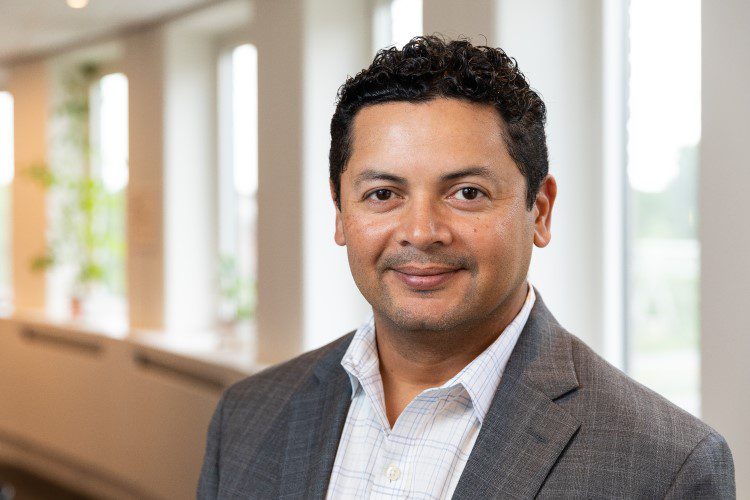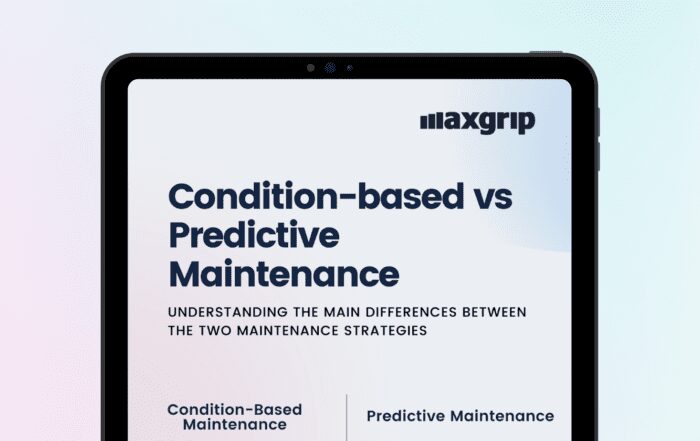The Rijnland District Water Control Board is charged with managing water safety, quality and quantity in the area between Amsterdam, The Hague and Gouda. The assets of this water authority include 41 km of seawall, 83 km of primary barriers, 1,272 km of regional barriers and nearly 900 pumping stations. It is of great importance for Rijnland that the assets realize their performance with sufficient reliability and availability within acceptable costs. This requires insight into the health of the assets. Together with Rijnland and its partners, MaxGrip developed the Asset Health Indicator (AHI), a dashboard that offers asset users the possibility to make data-driven decisions based on asset health insights.
Case study – highlights
Approach
Water authorities want and have to digitalize their processes. In addition, there are more challenges to overcome such as the ageing technical workforce and the increasing demand of assets through climate change and urbanization. Rijnland sees asset data and digitalization as an important condition for asset management success. By bringing all of the data together, the departments will be enabled to get improved and shared asset health insights that lead to long-term asset management improvements.
Alex Veersma, maintenance manager at Rijnland, brought together companies with complementary expertise to take on the challenge of connecting data; these were MaxGrip as an asset management expert, Wonderware Benelux as software expert and Witteveen + Bos for their algorithms experience.
In a Proof of Concept project the partnership started to bring the Asset Health Indicator to life for a pumping station. The AHI demonstrates the health of a pumping station and underlying assets based on equipment data and performance monitoring facilitating condition-based maintenance. This data-driven asset management strategy enables increasing performance and reducing risks also saving costs by optimizing the use of the budget due to condition-based maintenance decisions.
Results
Alex Veersma is satisfied with the progress. “It is important for the future to capture knowledge in systems. A lot of data was not properly recorded. For new projects, we now ensure that we get the right data (and not documents) provided. In addition, based on data from the field, we look at how we can map the condition of the assets. This needs to depend less and less on physical inspections. Working with different parties with complementary expertise works very well.”
Get inspired
The key to maximizing operational efficiency and ensuring the reliability of production assets lies in standardized, well-implemented maintenance strategies. Companies that operate on a multi-site or global scale face many challenges in maintaining uniformity across their operations, making the adoption of centralized preventive maintenance strategies essential. This article explores a best practice way of working also describing a client success story.
From Skepticism to Synergy" explores how an APM consultant helps businesses improve assets, shifting initial resistance to cooperation.
Gain access to an infographic comparing condition-based maintenance and predictive maintenance.





